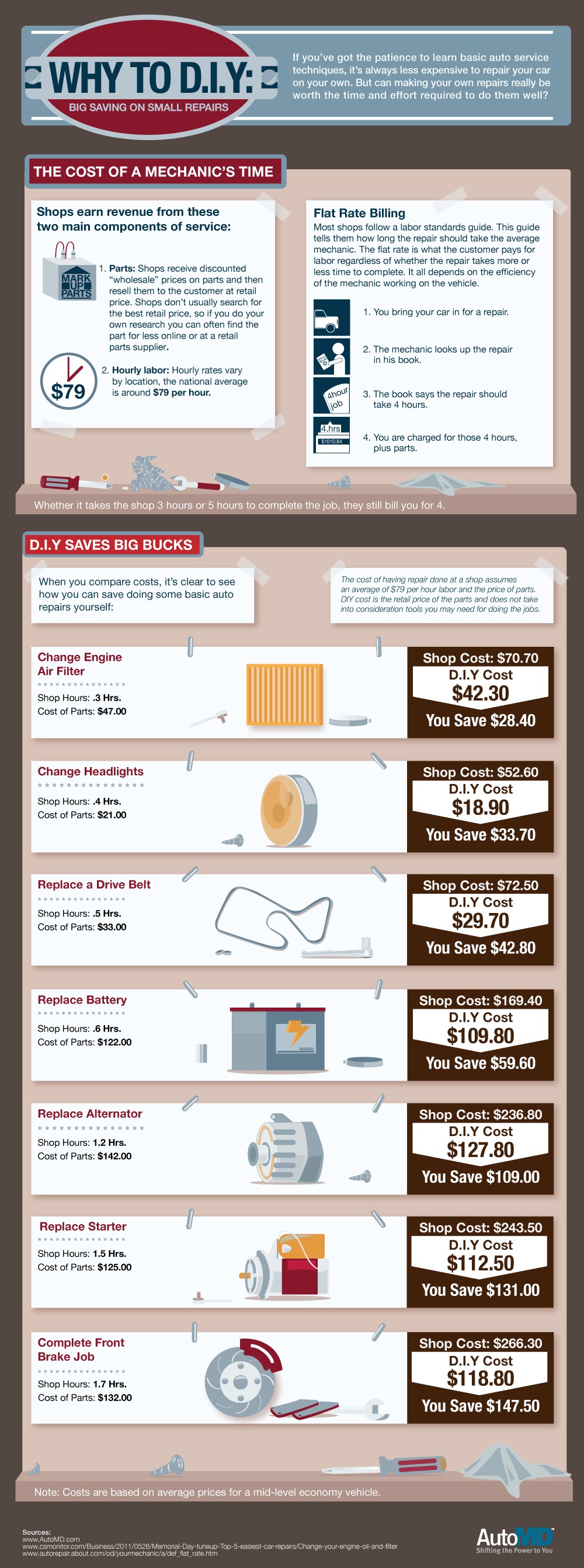Translating Your Vehicle'S Alert Lighting: Their Real Ramifications
Translating Your Vehicle'S Alert Lighting: Their Real Ramifications
Blog Article
Produced By-Samuelsen Torres
When you're behind the wheel, those glowing warning lights on your dashboard can be a bit difficult. Do you understand what they're trying to tell you about your auto's wellness? Understanding the importance of these lights is vital for your safety and security and the durability of your vehicle. So, the next time one of those lights appears, wouldn't you wish to decode its message properly and take the essential actions to address it?
Common Caution Lighting and Interpretations
Recognize typical warning lights in your auto and comprehend their meanings to make certain secure driving.
The most regular caution lights include the check engine light, which signals issues with the engine or exhausts system. If this light begins, it's vital to have your automobile examined promptly.
https://cyclingtips.com/2022/02/cool-tool-tuesday-building-a-cycling-tool-kit-the-foundations/ cautioning light indicates low oil stress, requiring instant interest to avoid engine damages.
A blinking battery light might recommend a malfunctioning billing system, possibly leaving you stranded if not dealt with.
The tire pressure tracking system (TPMS) light alerts you to reduced tire pressure, affecting lorry stability and gas effectiveness. Neglecting this could lead to dangerous driving conditions.
The ABS light indicates a problem with the anti-lock braking system, jeopardizing your capability to quit quickly in emergencies.
Lastly, the coolant temperature level advising light warns of engine overheating, which can lead to extreme damages otherwise solved swiftly.
Recognizing deatling will assist you address problems without delay and keep safe driving conditions.
Significance of Prompt Interest
Comprehending the typical caution lights in your auto is only the very first step; the relevance of immediately resolving these warnings can not be highlighted enough to guarantee your safety and security when traveling.
When just click the next post brightens on your control panel, it's your car's means of interacting a prospective problem that requires interest. Neglecting these warnings can bring about much more extreme problems later on, jeopardizing your safety and security and possibly costing you extra in repairs.
Prompt focus to alerting lights can prevent break downs and mishaps. For example, a blinking check engine light could show a misfire that, if left ignored, could trigger damages to the catalytic converter. Resolving this immediately can save you from an expensive fixing.
Likewise, a brake system advising light may indicate low brake liquid or worn brake pads, important elements for your security when driving.
Do It Yourself Troubleshooting Tips
If you discover a caution light on your control panel, there are a few DIY troubleshooting pointers you can attempt before looking for professional help.
The primary step is to consult your auto's manual to understand what the particular caution light shows. Occasionally the concern can be as basic as a loosened gas cap activating the check engine light. Tightening up the gas cap may fix the issue.
An additional typical problem is a low battery, which can activate numerous advising lights. Examining the battery links for corrosion and ensuring they're safe might repair the problem.
If a caution light continues, you can attempt resetting it by detaching the cars and truck's battery for a few mins and afterwards reconnecting it. Additionally, inspecting your car's fluid levels, such as oil, coolant, and brake fluid, can help troubleshoot cautioning lights associated with these systems.
Verdict
In conclusion, comprehending your vehicle's caution lights is important for maintaining your automobile running efficiently and securely. By immediately addressing these notifies and recognizing what they indicate, you can avoid expensive repair work and prospective failures.
Remember to consult your car's guidebook for certain details on each alerting light and take action as necessary to guarantee a hassle-free driving experience.
Remain notified, remain risk-free when traveling!
